Book this day trip from Moscow today to maximize your time and hit Sergiev Posad’s top spot in one smooth itinerary. The coach ride is easily about 90 minutes from Moscow, delivering you to Trinity Lavra of St. Sergius–the largest monastery in russias history and a spiritual beacon that carried the name russias heritage through centuries, including revolution.
The first stop is Cathedral Square, a bright spot where centuries-old churches belonged to a single spiritual complex. From here, you easily walk to the Church of the Nativity and the Resurrection Church, with frescoes and icons that came through the ages. The bell tower offers a skyline view that you’ll want to capture before winter light fades.
Beyond the Lavra the itinerary covers other places you should not miss, including the Church of the Assumption and small museums that illuminate local crafts. This cluster of sites sits close together, so you’ll experience winter charm without long transfers, and you’ll feel the most of Sergiev Posad in a single day.
Practical tips: tickets include entry to the Lavra and Cathedral Square, with a friendly English-speaking guide. Given the compact schedule, the meeting point is in central Moscow, and the return fits a half-day plan. If you travel alone, you’ll join a small group that keeps the pace comfortable and the commentary engaging.
Ready to go? Reserve your seat now and enjoy a curated, data-driven experience that pairs history with practical comforts, from easy transfers to photo-ready spots by the domes.
One-day itinerary and practical steps for visiting Sergiev Posad
Begin at the Trinity Lavra of St. Sergius and allocate about two hours to see the main cathedral, the painting-filled icon rooms, and the surrounding churches. The complex was rebuilt through several periods, and each layer reflects the work of renowned masters and the devotion of generations. Use a map or local brochure to follow the main route and avoid missing the most meaningful stories.
From Moscow, travel on the yaroslavsky line to Sergiev Posad; alight near the monastery gates and walk to the Lavra. At the box office, buy a combined ticket for the Lavra and the museum. They often change hours with the season, so check weather and opening times before you go. If the weather is warm, wear comfortable shoes and a light jacket; if not, layer appropriately.
Your half-day plan keeps the pace steady: 9:15 arrival, 9:30–11:00 explore the main cathedral and bell tower, study paintings, and listen to a guide’s stories. 11:00–12:00 wander the adjacent churches and the historic houses along the quiet streets. 12:00–13:00 lunch at a family cafe, where you can sample local dishes and pick up a small gift. 13:00–14:30 visit workshops where local masters demonstrate icon painting or wood carving, then choose a keepsake painting or crafted gift.
After lunch, stroll the market area for souvenirs; there are plenty of options for gifts, from small icons to embroidered fabrics. If you want something truly unique, ask for items made by local artisans; they aren’t mass-produced and often carry a personal story you can share with friends back home.
For a quieter moment, visit the nearby vvedensky complex, which isn’t crowded and provides a calm space to reflect. The venue is close to the main streets, offering a warm, intimate atmosphere that complements the day’s broader sights.
Practical tips: wear warm clothes in shoulder seasons and bring water for the day. Sergiev Posad isn’t a mountain town, so plan a compact, walkable itinerary with plenty of breaks. You should check the opening hours in advance, especially in winter, and keep an eye on the weather, as it can shift quickly. If you need a second wind, grab a coffee near the main square and savor the local atmosphere before you travel back on the yaroslavsky direction to Moscow.
Getting there from Moscow: fastest routes, travel times, and fares
Take the electric train from Moscow Yaroslavsky Station to Sergiev Posad; it lasts about 1 hour 10 minutes and costs around 250–320 rubles. This undoubtedly is the fastest route, with departures roughly every 20–40 minutes from early morning until late evening. On arrival, the holy Trinity-sergius Lavra grounds and the ensemble of churches are within a short walk, letting you begin your activities without delay and spend plenty of time exploring the place.
From the same line, express electric trains shave the trip to about 1 hour 5–1 hour 15 minutes, while regular electrics run 1 hour 20–1 hour 40 minutes. Tickets are easy to buy at the station or via a mobile app, and fares typically range from 230 to 350 rubles depending on the service. If you want to think ahead for a relaxed visit, choose an early-morning departure and you’ll still have time to visit portraits galleries and the religious collections after you arrive.
Public buses from Moscow offer a cheaper option with travel times around 1 hour 40 minutes to 2 hours 15 minutes and fares from about 150 to 350 rubles. Weather can slow winter routes, so a flexible plan helps: you may still arrive with plenty of daylight to see key sights, especially Trinity-sergius, and to enjoy a quick tour of historic churches along the road.
Driving yourself along the M-8 road is the most direct option, covering roughly 70–80 km. In good traffic you reach Sergiev Posad in about 1 hour 15 minutes; in winter or peak hours count on 1 hour 45 minutes. Parking near the holy Trinity Lavra is typically available, so you can easily spend time at gift shops, explore the Vvedensky Cathedral, and photograph portraits of the church ensemble. This road option pairs nicely with a short stroll through local collections and shops, offering a compact day with many things to see.
Tips for a smooth trip: aim for an early departure to avoid terrible crowds, especially on weekends. Bring a light jacket for winter, good walking shoes, and a map to navigate the Trinity Lavra precinct. If you travel with family or a tourist group, consider a bundled option that covers transport and a guided tour of religious sites; you’ll still have time to browse the gift shop and pick up a keepsake. An idea to maximize time: plan a loop that starts with the Trinity-sergius Lavra, then a short visit to nearby ensembles, and end with a relaxed return by train or bus–you’ll gain a balanced mix of things to see and plenty of opportunities to spend a meaningful day.
Spaso-Bethana Monastery: landmark buildings, icons, and key interiors
Read the parish guide at the gate to map the route to the main cathedral and the bell tower, then follow the cloister path. Youll notice the 16th-century roots in every detail, from the domes to the brickwork. Think about how craftsmen worked between rows of arches to shape the stone.
- Landmark buildings
- The main church, spaso-bethana, rises with three domes and a brick exterior that has aged with quiet dignity.
- The bell tower stands on a compact foundation, connecting to the cloister by a covered arcade.
- The refectory and monk’s cells form a cozy cluster around the courtyard, illustrating efficient, life-sustaining design by russias architects.
- Icons
- Iconostasis presents saints and key stories, with several panels dating to the 16th century.
- The parish collection includes icons donated over generations, offering a tangible link to local worship and wider travels.
- Frescoed stories on the walls invite visitors to read visual narratives that complement the liturgy.
- Key interiors
- A quiet chapel alcove sits between rows of columns, perfect for a reflective pause.
- Monk’s cells and a small scriptorium reveal practical works spaces where craftsmen left careful marks on wood and stone.
- The refectory preserves traditional dishes and dumplings, a fact travelers often taste during a short break from sightseeing.
- A compact library holds a collection of manuscripts and parish records, offering insights for those interested in church history.
Best time to visit and how long to stay
Visit late May or early September for a comfortable balance of daylight, temperatures, and manageable groups. later in May the light softens over the walls, and you have long afternoons to explore the site. In May and September, average daytime highs run around 18–22°C and 15–20°C, with nights at 6–12°C. Start early: by 8:30 you can read the signs and enjoy the main complex before the crowds arrive. This is a spot you’ll want to see with clear skies, especially if you plan photography near the domes and reflections on the water near the museum-reserve.
For a deeper look at both the monastery and the museum-reserve, plan two days. On the first day, focus on the Trinity Lavra of St. Sergius, its rebuilt walls, the cathedrals, and the grounds. On the second day, explore Savva’s paintings in the museum-reserve, the Vvedensky Church, and paraclete works that came from other spots. This site also hosts events and offers handicraft shopping in the town. If the weather turns terrible, you can stay inside the galleries or the monastery complex and look for something quiet in the adjacent halls. Before you return to Moscow, check the schedule for early-morning tours you can join or a casual stroll around the church precinct for a final look at the walls and towers formed by skilled hands from times past.
| Period | Weather and crowds | Suggested stay |
|---|---|---|
| Late May | 18–22°C daytime; mild nights; lighter crowds | 1–2 days |
| Early September | 15–20°C daytime; crisp evenings; schools resuming | 1–2 days |
Other Sergiev Posad highlights to pair with Spaso-Bethana Monastery
Begin with a short loop around the central square to pair Spaso-Bethana Monastery with other Sergiev Posad highlights. Allow 2–3 hours to explore the town’s craft and faith spaces, and reflect on how the region keeps its traditions alive within the Russian season.
For a doll-focused stop, the Toy Museum offers an exhibition that gathers the largest collection of Matryoshka and other wooden figures, a tribute to the leading masters who built the craft in Sergiyev Posad. The display is intended to engage visitors of all ages and is a recommended add-on to your day.
Near the square, several brick churches and the spire’s belfry rise above the lanes, representing the oldest stone buildings in the area. These brick structures reflect the town’s long history and the stsergius tradition that still guides visitors today.
Shops around the monastery area offer local crafts and baked goods, with souvenirs that remind you of Sergiev Posad’s art scene. Take time to compare items in these shops and choose a keepsake that resonates with your experience of the central district.
The central park-like spaces host occasional exhibitions and street performances, giving you a sense of the city’s seasonal rhythm. If you’re visiting during the spring or autumn, the season adds bright colors and active life that complement your Spaso-Bethana visit.
Within the same itinerary, these highlights offer a compact view of Sergiev Posad’s culture: the doll art, brick architecture, and the sense of heritage that stems from stsergius και sergiyev legends, all accessible in hours of easy walking and comfortable pacing.
Practical tips for a smooth day: tickets, dress code, photography, and safety
Buy your tickets online ahead of time to secure an entrance slot and skip the line. Some options include travel from Moscow to the stsergius complex, making your day simpler. Check the events calendar for scheduled expositions and guided tours that fit your plan.
Choose a ticket that offers access to interiors and expositions, with clear coverage of the grounds and territory. Note the area and size of the site to plan comfortable pacing and your route.
Dress for a day that blends church interiors and outdoor walking: modest attire, comfortable shoes, and layered clothing for early hours. For outside portions, bring a light jacket; inside spaces stay cooler, so be prepared for temperature changes.
Photography tips: photography is allowed in most areas, but respect their worship practices–no flash inside interiors or near altars. Outside, you can capture interesting scenes, but avoid blocking the view for other people. Follow posted rules and keep a respectful distance while pray.
Safety and etiquette: keep belongings equipped in a compact bag, stay with your travel group, and follow signs. Always stay on the grounds and on marked lines; until you know the route, move slowly through crowds to avoid pushing.
Suggestions for planning: outline a route that covers architecture, interiors, and exteriors; start early to beat crowds. theres a typical order: architecture first, then interiors, then expositions, but follow your interests. Intended visiting times vary by day, so check the schedule and adjust your plan.
idea: store your ticket and map in one pocket and note the intended visiting times. Your role as a respectful visitor is to observe rituals, avoid disrupting services, and greet staff with a friendly nod; miss nothing but stay mindful of people and their space while visiting the stsergius territory.

 Sergiev Posad Day Trip from Moscow – Top Things to See and Do">
Sergiev Posad Day Trip from Moscow – Top Things to See and Do">

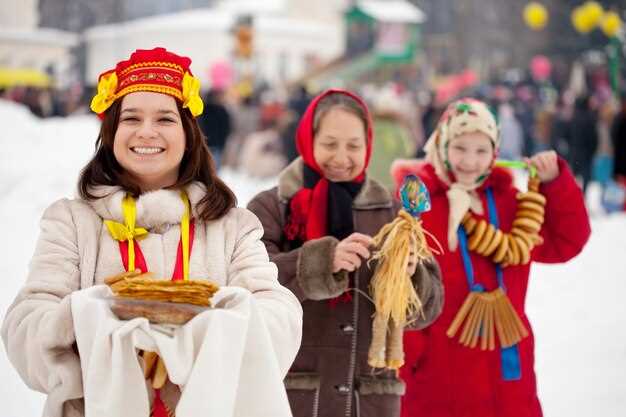
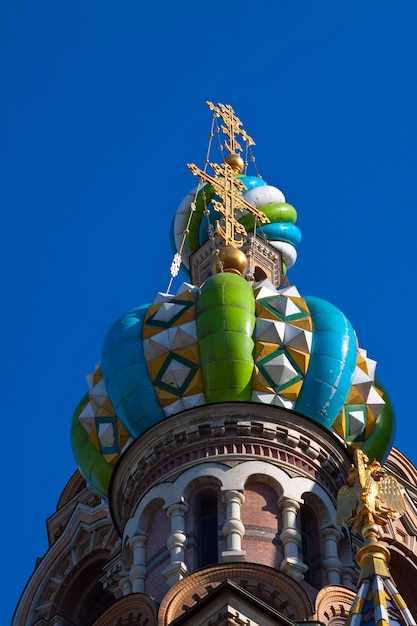
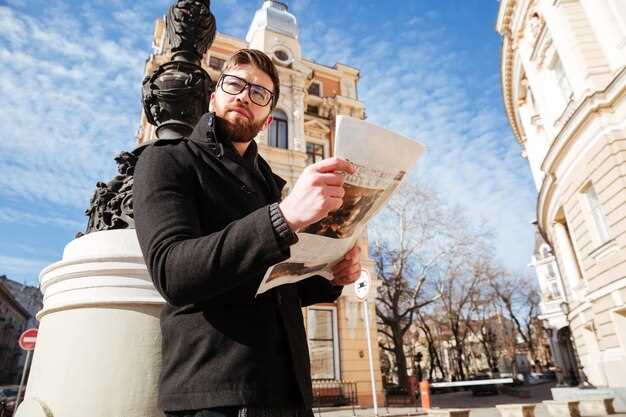 Russia in World War II Tour – Victory Park & Museum Visit Guide">
Russia in World War II Tour – Victory Park & Museum Visit Guide">
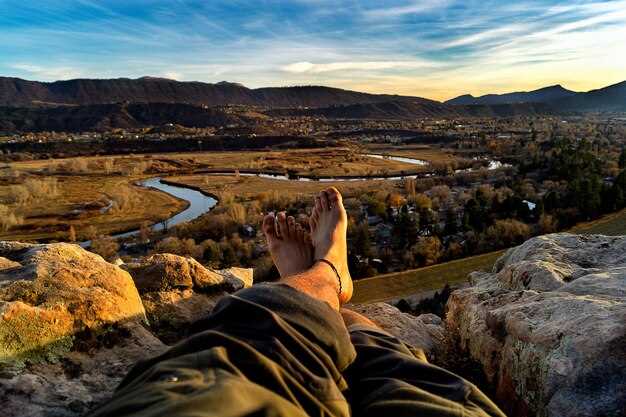 History Brought to Life – A One-Day Trip to Zvenigorod">
History Brought to Life – A One-Day Trip to Zvenigorod">
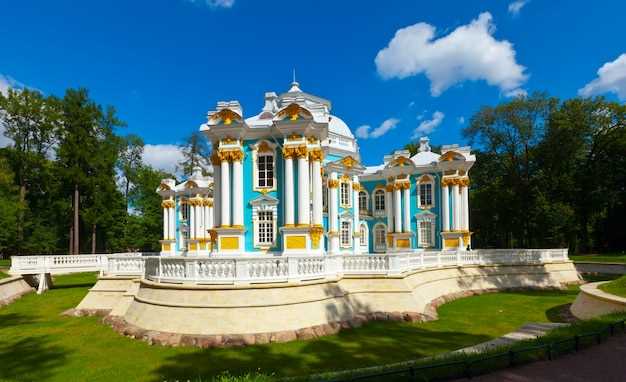 Hermitage Garden Moscow – A Tranquil Oasis in the Heart of the City">
Hermitage Garden Moscow – A Tranquil Oasis in the Heart of the City">
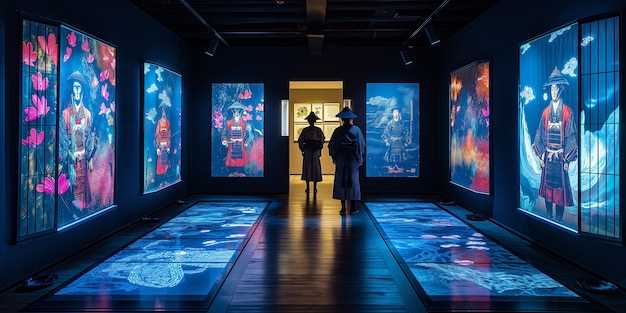 Photo Exhibitions in Moscow – Best Galleries and Upcoming Events">
Photo Exhibitions in Moscow – Best Galleries and Upcoming Events">
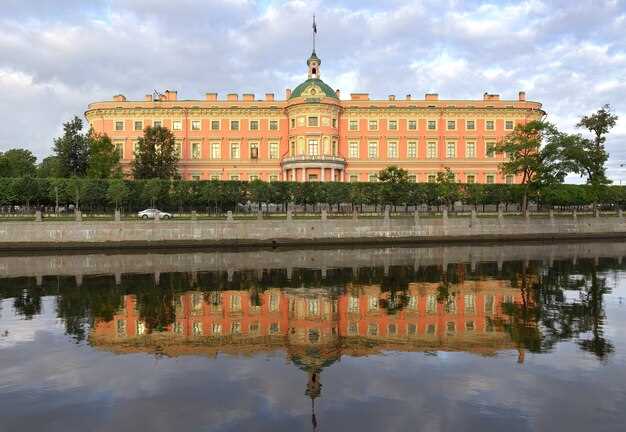 Tsaritsyno Museum-Reserve Guide – Moscow’s Historic Palace and Park">
Tsaritsyno Museum-Reserve Guide – Moscow’s Historic Palace and Park">
 Internet Cafes in Moscow – Best Places for Wi-Fi, Gaming, and Remote Work">
Internet Cafes in Moscow – Best Places for Wi-Fi, Gaming, and Remote Work">
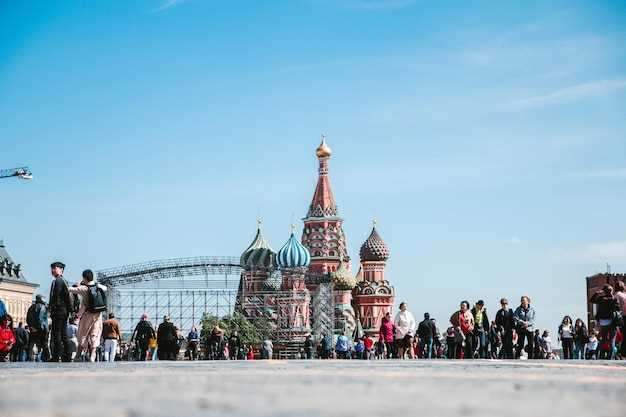 Excursions in Moscow – Best Tours, Museums & Landmarks">
Excursions in Moscow – Best Tours, Museums & Landmarks">
 Russian Train Guide – Travel by Rail Across Russia">
Russian Train Guide – Travel by Rail Across Russia">